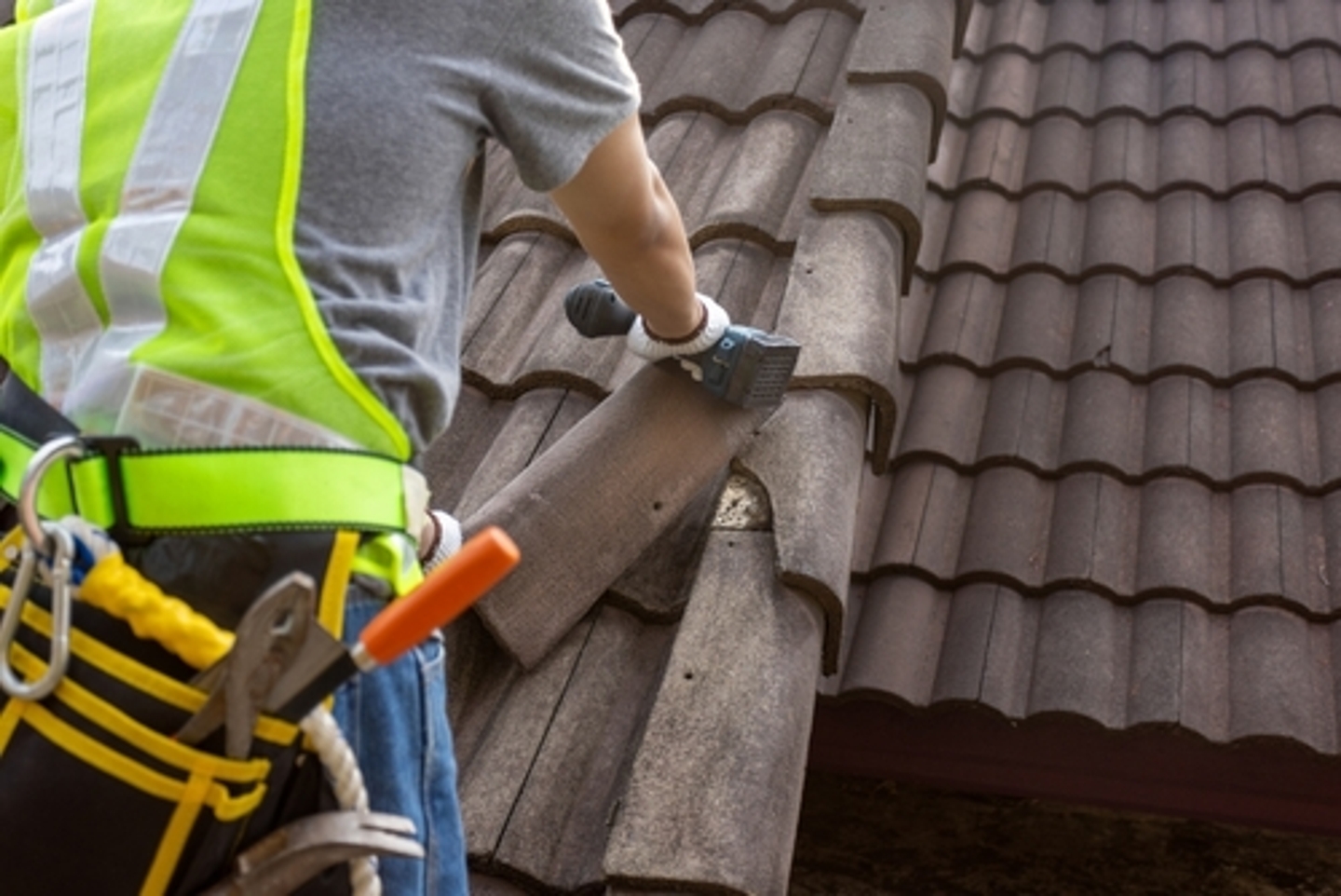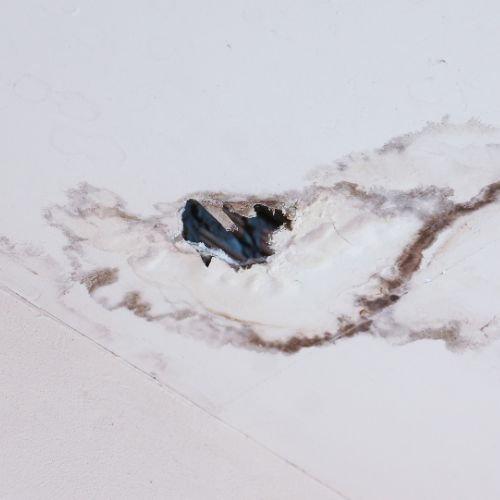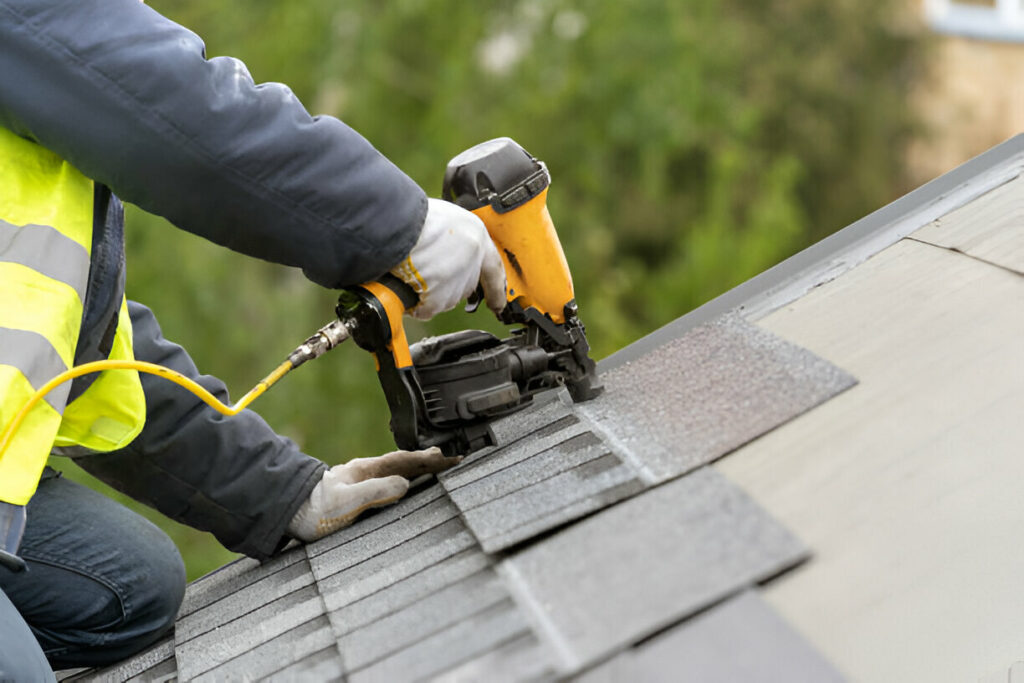Key Factors To Consider for an Effective Roof Installment: Accomplishing Longevity and Effectiveness
In getting started on the trip of roof covering installment, one need to focus on essential considerations to guarantee both longevity and efficiency. The selection of products, tailored to endure local environment problems, plays an essential function in maintaining architectural honesty. As we check out these facets, it ends up being noticeable that an effective roofing installation is not merely concerning covering a structure but concerning crafting a durable and sustainable remedy.
Picking the Right Materials

Climate plays a pivotal duty in product selection. In areas vulnerable to heavy rainfall or snow, products like asphalt roof shingles or metal roofing with high water resistance are a good idea. On the other hand, in hot environments, materials with reflective residential or commercial properties, such as awesome roofing membrane layers or tiles, can aid minimize energy prices by deflecting sunshine.
Budget plan considerations additionally influence product choice. While costs materials like slate or clay floor tiles use long-lasting efficiency, they come with greater upfront expenses. However, they can confirm affordable with time because of their marginal maintenance demands and extended life expectancy.
Last but not least, the architectural design of the structure should balance with the roof covering material. Standard homes might profit from wood shingles, whereas contemporary frameworks could decide for sleek metal finishes. By very carefully considering these variables, you can select materials that line up with both practical and visual objectives.

Recognizing Roof Covering Style
Comprehending roofing system design is important in achieving a well-functioning and cosmetically pleasing framework. The style of a roofing affects not only the aesthetic allure however also the architectural stability and capability of the building. A thoughtfully designed roof covering can improve the overall building style while ensuring reliable drain, insulation, and ventilation.
Crucial element of roof style include the pitch, form, and architectural support group. The pitch, or slope, figures out just how efficiently water and debris are dropped from the roofing surface area, impacting the lifespan of roof materials. Typical roof covering forms consist of gable, hip, level, and mansard, each offering distinctive advantages and aesthetic qualities. For instance, saddleback roofs are prominent for their simpleness and efficient water losing, while hip roof coverings give remarkable stability in high wind areas.
Architectural support group, such as trusses and rafters, are important in distributing weight and keeping the roofing's stability. Proper layout makes sure that the roofing system can withstand ecological loads and stand up to contortion. Additionally, incorporating features like overhangs and eaves can shield the building's façade and boost energy performance by supplying color and minimizing heat gain.
Inevitably, a well-considered roofing system layout balances create, function, and longevity, contributing to the lasting success of the setup.
Environment Considerations

In warm and sunny climates, roof products must reflect, as opposed to soak up, solar warmth to maintain energy effectiveness and stop too much thermal expansion, which can result in material deterioration - Keep Dry Roofing St Peters MO. On the other hand, in cooler areas, products must offer sufficient insulation to stop warmth loss and hold up against freeze-thaw cycles that can cause cracking and other structural issues
Additionally, the option of color and finishing can substantially impact a roofing's thermal efficiency, especially in areas with extreme temperature variations. Local structure codes often offer advice on ideal products and styles, showing regional climate problems. A complete understanding of climatic problems is important for selecting products and styles that guarantee a roof's optimum performance over its lifespan.
Installment Best Practices
Efficient roof covering installation is a vital part of ensuring long-lasting toughness and efficiency. Using premium roof shingles, underlayment, and blinking customized to the details climate and building design will enhance the roofing's durability.
Just as vital is the prep work of the roof deck. Ensuring that the deck is clean, dry, and structurally sound prior to installation prevents problems such as leaks and premature wear. Proper ventilation is another key consideration, as it mitigates moisture buildup and thermal stress and anxiety, therefore lengthening the roof covering's life-span.
Accuracy in measurement and alignment during the installment procedure is vital. This includes precise placement of tiles and thorough interest to overlapping, which avoids water ingress. Using specialist, proficient labor guarantees these standards are fulfilled, minimizing the danger of errors that can jeopardize the roof's performance.
Energy Efficiency Approaches
Enhancing a roofing's energy performance is a calculated factor to consider for decreasing power expenses and ecological effect. By selecting proper materials and modern technologies, property owners and builders can substantially improve the thermal efficiency of a roof, therefore minimizing power intake. One of the key techniques entails using reflective roof products, which deflect more sunshine and absorb less warmth. This can lead to a considerable decrease in cooling expenses, specifically in warmer climates.
In addition, the incorporation of sufficient insulation is vital in stopping warmth transfer in between the more helpful hints inside and outside of a structure. Insulation products with high R-values, such as spray foam or inflexible foam boards, are reliable in keeping a regular interior temperature level, therefore maximizing HVAC system efficiency.
Furthermore, the integration of photovoltaic panels on roofs not just produces renewable resource however can likewise offer shade, further lowering warmth gain (Keep Dry Roofing St Peters MO). Technologies like trendy roof coverings, which use finishings to show more sunshine, are likewise acquiring popularity for their capacity to reduce roofing system temperatures
Verdict
Finally, accomplishing an effective roofing setup necessitates a thorough technique that integrates the Recommended Reading option of premium materials customized to particular weather conditions, thoughtful layout considerations for optimum drain and structural stability, and adherence to meticulous installment practices. These components collectively make sure the prevention of wetness accumulation and thermal anxiety, thereby boosting the roof's toughness go to website and efficiency. Including strategies to enhance power efficiency additionally adds to decreasing upkeep needs and lowering power intake over the roofing system's life expectancy.
Comments on “Keep Dry Roofing St Peters MO: The Roofing Business You Can Trust Fund for Superior Outcomes”